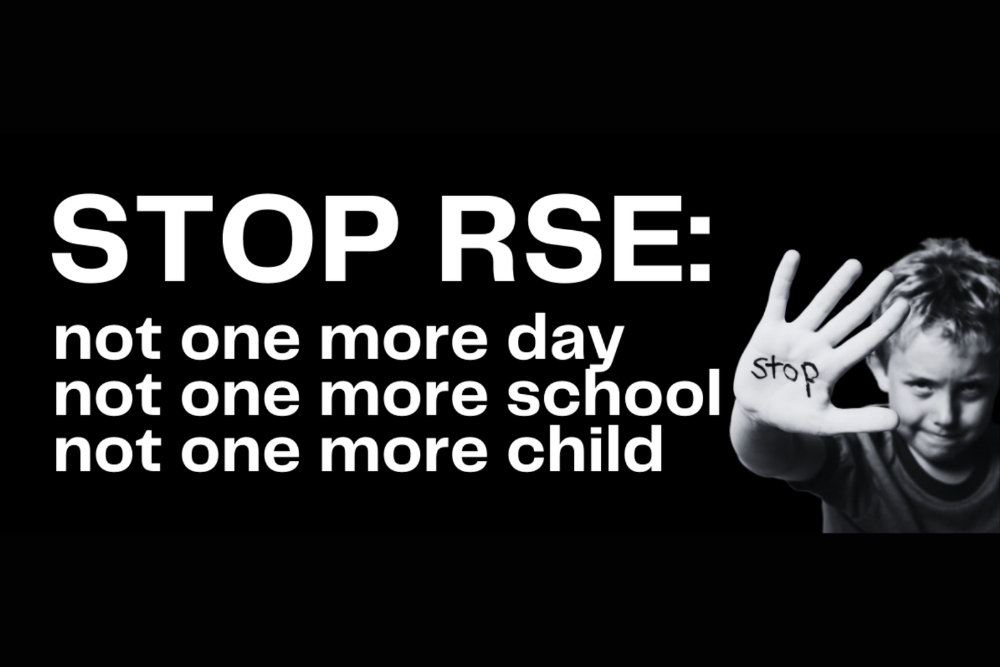By Darroch Ball
Sitting in front of the Social Services Select Committee presenting a submission on young offenders reinforced one of my long-held assumptions that most, if not all, politicians do not actually understand how the youth justice system works. The most concerning aspect of this is that the youth system is one of the most important parts of the entire justice system that we need to be getting right.
If we fail at the young-offender age, we will just be feeding the ‘conveyor belt of crime’ through to the adult system and creating career criminals along the way.
There are a few key aspects to understand about the youth system in order to put context to those comments we hear often from politicians – “our youth justice system is the best in the world.”

The first is that the vast majority of the youth system isn’t actually the responsibility of the courts, judges, corrections, Oranga Tamariki, or even youth residence facilities. Over eighty percent of the entire system is the responsibility of Police.
Before any young person even steps foot in a court they are put through ‘alternative action’ coordinated by a Youth Aid Officer who works with young offenders in the community to keep them from entering the formal justice system.
This all seems logical and worthy seeing as once a young person enters the formal justice system statistics show it is hard for them to get out.
But the problem comes when just keeping young offenders out of court becomes the main focus, instead of focusing on ensuring those young offenders stop offending.
What does our legislation state?
It is written in legislation that Police should not prosecute young offenders for any offence unless it is the very last choice. This choice is subjective to the youth aid officer and often only occurs when the young offender has offended at such a high rate or the seriousness of offending has reached such a level that it is impossible to ignore.
Police conduct ‘alternative action’ includes things like writing letters of apology, painting fences, having a curfew, going on a mentor course, and things of this nature. It is important to note that these offences committed by the young offenders do not count towards the official ‘youth crime statistic’. This leads to a situation where young offenders are regularly committing crimes dozens of times over a long period before they even step foot in court for the first time. It is only when they enter the youth court system that the offence is counted as a ‘youth crime statistic’. Added to that, the young person who goes to youth court is only ever counted once in a calendar year – meaning they could offend four more times and go back to court, but those would not count towards the ‘youth crime statistic’.
The police youth aid officer has a very important role in the whole system. They are the ones who are responsible for making the decision about when, or if, a young offender ever gets formally prosecuted and goes to court.
How is the youth crime rate measured?
The reason why I outline how youth crime is actually measured is because we hear constantly from politicians that “youth crime has drastically reduced over the past ten years”. The only entity that shapes the youth crime rate is Police. The youth crime rate is solely dependant on Police and how they decide to deal with young offenders.
Ironically, this is even stated in black and white on page six of the “Youth Justice Indicators Report 2020” produced by the Ministry of Justice. In comparing the numbers of young people who are charged and proceed to court it states,
“This suggests that changes in Police charging practice since 2016/17 were responsible for most of the reduction in the proportion of young people offending who appeared in the Youth Court.” – Ministry of Justice
- The youth crime rate has not reduced due to a drop in number of offences.
- Not a drop in the numbers of offenders.
- Not a drop in seriousness of crime.
- Rather a “change in Police charging practice”.
They have stated in this report that it is Police who is the gatekeeper and decision maker when it comes to young people entering the court system and the subsequent youth crime rate count. I’m not sure how much clearer it could possibly be.
So, when you hear from politicians that “the youth justice system is working great” because youth crime has come down, it is quite clear they have no understanding of how the system works.
More to the point, it is concerning to hear that they are making decisions based on such a level of misunderstanding.
Is the youth justice system actually working?
Now, here is the statistic that politicians should be looking at and understanding why it is so concerning. When the young person has finally offended enough times or has increased the offending in severity to a high enough level, is prosecuted and enters the youth court system – there is currently a 60-65% reoffending rate. That’s almost two-thirds of young people who step foot into our ‘world class’ and ‘successful’ youth court end up in adult court within two years.
How is that ‘working’? Compare this to our ‘terrible’ adult court reoffending rate being just 40-45%. How can this be? That is the statistic that should be worrying our politicians – and it would if they understood how the system worked.
Why is our youth offending rate so high?
The reason why the reoffending rate for young offenders is so high is because those who finally end up in youth court have had to offend so often and to such a high degree, that for many of them it is too late. As I stated before, the danger comes when Police are focussed simply on keeping them out of court, instead of helping to stop their offending.
The fact is the youth court has some great resources and programmes that really help young people. But all the handwringers and incense-burners have skewed the intent of the system so much that Police are now pressured to keep them out of court for far too long and it ends up doing most of them irreparable damage – where two thirds of them end up in adult court just a few years later.
A solution to this would be to ensure there was some structure for Police to ensure they act at certain levels of offending for a young person. It would need to give certainty of consequences and allow for the support to be given to the young person when they first offend at the lower levels. It will also need to ensure that the offender enters the formal court system at an earlier stage. The structure would need to give tiered levels of intervention based on the offending but allow enough flexibility for the youth aide officer to deal with different circumstances.
How can we change the outcome?
A suitable system would be a youth justice demerit point system – like the driving demerit point system, whereby if a young person offends at a certain level, they will be given demerit points that will come with different levels of intervention. From social support for low-level offending, to more formal police or court action for higher levels of offending.
It would give structure and certainty for intervention, as well as ensuring consistency of consequences for young offenders. It would most importantly ensure those who needed the resources and programmes available in youth court were able to access them early – not when they have offended dozens of times over many years.
This demerit point system is what we were presenting to the Social Services Select Committee. By the looks of it, all those politicians sitting around that table were thinking “but our youth justice system is already working so well?”.











